
I think of the Finnish painter Nina Roos (b. 1956) as a continuous presence, yet it’s been over a decade since her last major solo presentation in Sweden. If one were to search all the texts on art written in the Nordic countries over the past twenty years, my guess is that her name wouldn’t appear as frequently as, for example, Karin Mamma Andersson, another painter in the contemporary canon. This may not be a measure of anything, but it could mean that Roos’s work isn’t as easily reduced to a general tendency or a subject matter; she is simply not very useful as a shorthand reference.
Roos lives and works in Helsinki, but has taught at Malmö Art Academy for many years. She is a painter neither in the abstract nor figurative camp, and perhaps her continued relevance can be traced to her independent, yet loyal relationship to painting. Her practice is proof that such a stance is still viable, which I imagine may in itself constitute a vital pedagogical basis.
Paintings in a quasi-labyrinth
At Lund’s Konsthall, all the works were created after Roos’s most recent large exhibition at a Swedish institution, at Malmö Konsthall in 2003. In Malmö, the airy space seemed to pry the paintings open, as if the light in them was encouraged to compete with daylight. In Lund, where the galleries are spread over two floors surrounding an atrium, with balconies facing the largest rooms, light is emphasised in sections and gradations, reminiscent of the way in which Roos’s paintings themselves are fashioned.
In Lund, the restraint and precision of hues in Roos’s paintings have also been applied to how the works are shown. Some walls have been painted in a shade of pale lilac, almost indistinguishable from the white walls, depending on how the light falls. In the front gallery, a pavilion has been installed, its walls forming a narrow corridor. This quasi-labyrinth includes six paintings and is the show’s title piece. Inside, the provisional passage leads to a painting in which the rust coloured paint covering the walls is repeated in a wide stroke across a lighter surface. As in so many of her works, it is difficult to discern layers. The darker colour seems to be both supporting and confining something that is emerging from within the painting.
The installation accentuates an idea about the spatial capacities of painting, but also makes the works difficult to access, as one must navigate around the walls in the rather tight space in order to see them properly. Afterwards, I think of this as a calibration, a way to prepare the viewer for entering the realm of painting.

The object world
The earliest works included here are painted on plexiglas, lending them a kind of occluded transparency, as if the painting isn’t the end point, but a layer to pass through. In one of the side galleries, the series Not said yet, not done yet, (2008) is installed; the four paintings are the least monochrome in the exhibition. In them, fragments of objects appear: a shelf, a door, a shawl. “[I want] clear correlations between distinct elements in my work and objects in our reality. Without such palpable representations, the paintings risk being read as belonging to a closed system,” Roos says in an interview with Anders Kreuger, the exhibition’s curator.
Paradoxically, these openings to the world become most apparent when there is an almost complete lack of figuration. In the large canvases comprising Risk (2018–2019), her most recent work, there are twig-like elements that seemingly pierce surfaces, as well as the sense of something folded or stacked, hints of tears or patches, something bulging. This is a decisive step away from figuration, but not from reality. The eye is drawn to those vents, which confirm the painting as a human product and thus, a form of conveyance.

Gertrud Sandqvist once wrote of the “astonishing continuity” in Nina Roos’s painting. This is emphasised in the work’s seriality, by which the standalone painting is denied privilege. Subsequent paintings try out the same idea again, and draw the viewer in for further consideration. Risk is coupled with the series Crimson (notes) (2018–2019), smaller paintings that look down from the konsthall’s balcony. These works epitomise the artist’s use of hues: despite the title, the colour is decidedly not red, but a pale flesh tone that I have a hard time imagining has a counterpart in the object world.
Strictly speaking, Roos’s drawings aren’t preparatory works, but more parallel endeavours in which the same principles are tested in a different medium. Thus, it is easy to see the drawings as clues, shortcuts into a process. If anything can be gleaned from the works on paper included here, it is the past years’ focus on space in terms of closing in and sectioning, not openings and volume. Most surprising are a small series with curly pencil marks on watercolour paper, which at first seem atypical in their clutter, irreverent exercises. Then, I realize that they are also about filling a space, reaching completion.

The realm of art images
Roos’s practice constitutes an implicit critique of consumer society, yet I interpret her persistent assertion of painting and its capacity to speak for itself as neither evasive nor constituting a refusal to participate. What is brought forward at Lund’s Konsthall is not painting’s exceptional position, but rather its equal position, shared with gesture, language, and being. This is achieved partly through the work’s seriality and partly through the careful incorporation of architecture, which is a way of doing away with hierarchies without evacuating meaning.
A readily available interpretation is that the fading and disappearance in Roos’s work is linked to discussions about the end of the medium, but I find that to be an all too introverted analysis. As an artist and professor, Roos is positioned in the midst of a living tradition, something that hasn’t always been articulated in exhibitions. But here, the rust-red line in the pavilion becomes Ariadne’s thread, leading the viewer in and out of painting. What makes this feat successful may well be that the building is familiar and important to Roos, and to Kreuger who has been associated with Lund’s Konsthall as a curator for many years. The result is a permeability that hints at Roos’s persistence as a pedagogical guide in painting yet to come.

Installation view with Risk (bryta ned), 2019. Photo: Daniel Zachrisson.

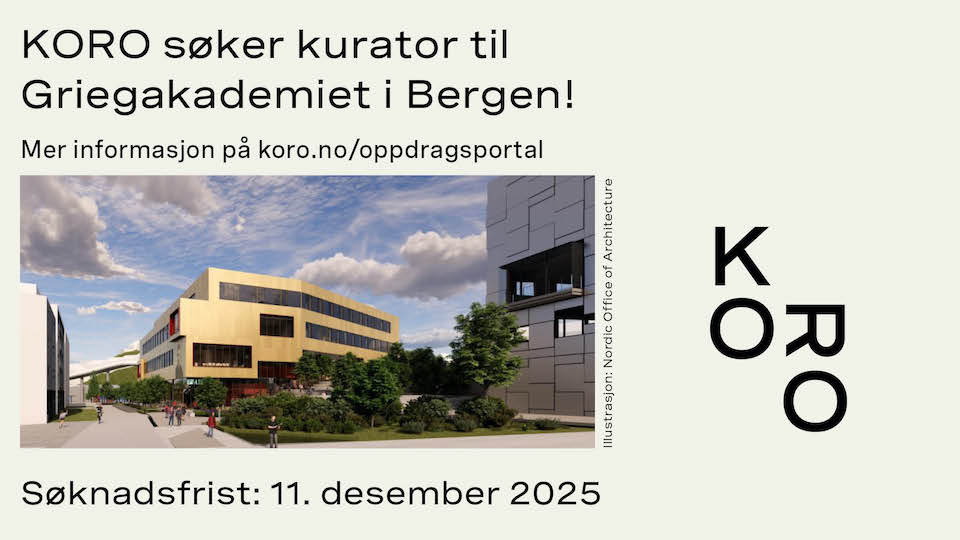
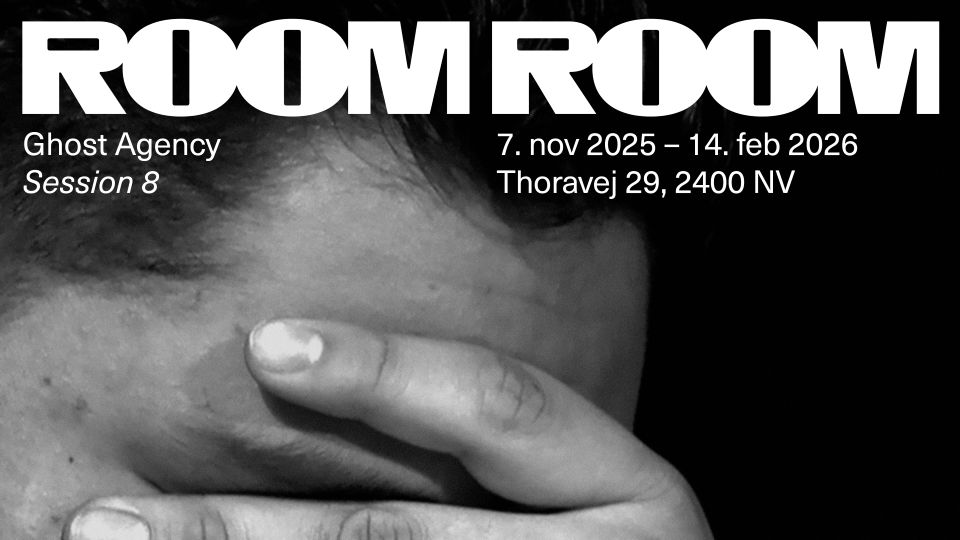


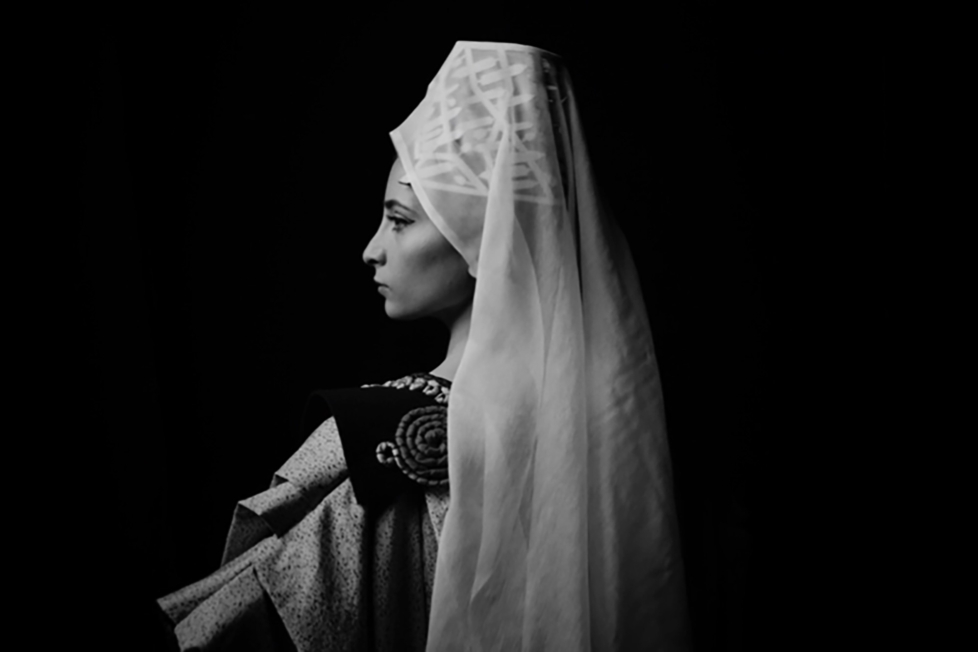
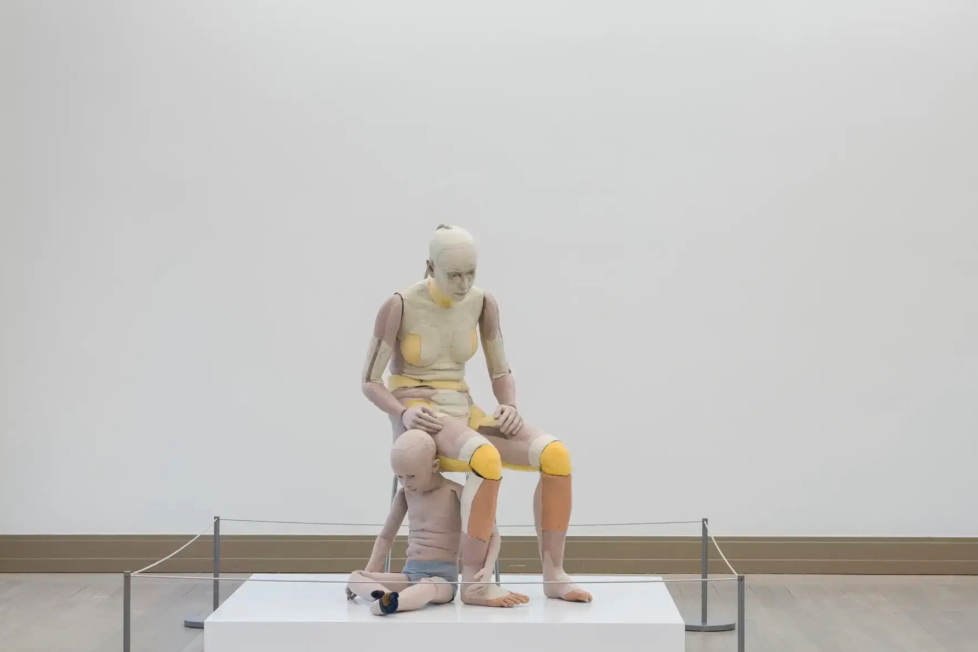
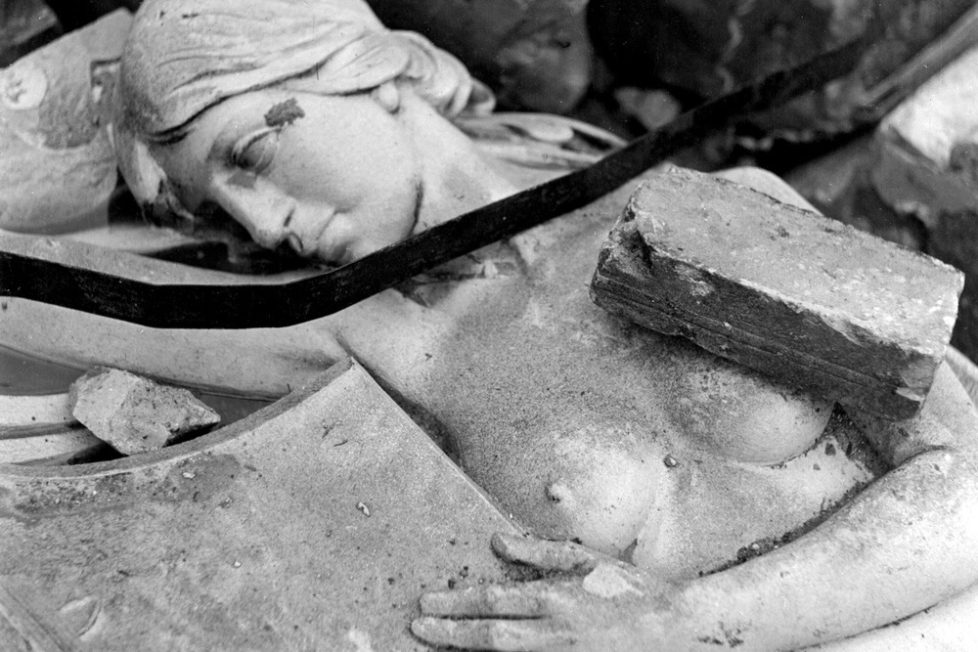
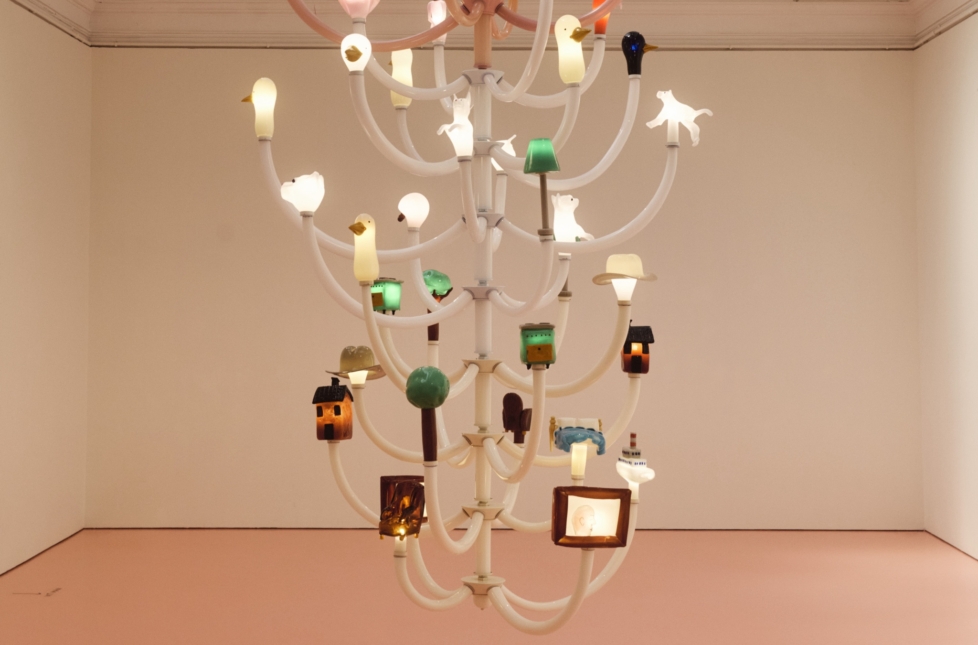
I´m glad you appreciated the review, Mr. Giraldo. The English version is a translation of the Swedish original. In this case, the translation was made by Christine Antaya herself, who besides being an accomplished critic, works as an English translator for Kunstkritikk.
On the spot perceptions of how Roos’ work relates to the architecture where it is exhibited and for the show in question the physical –and even social– cohesion of the body of work with the rooms in Lund. Appreciating the complex constellations created by the writer while reminding us the essential function of painting in an exhibition that is reaching out far beyond its recognisable capacities. Wondering if the article was originally written in English or in Swedish.